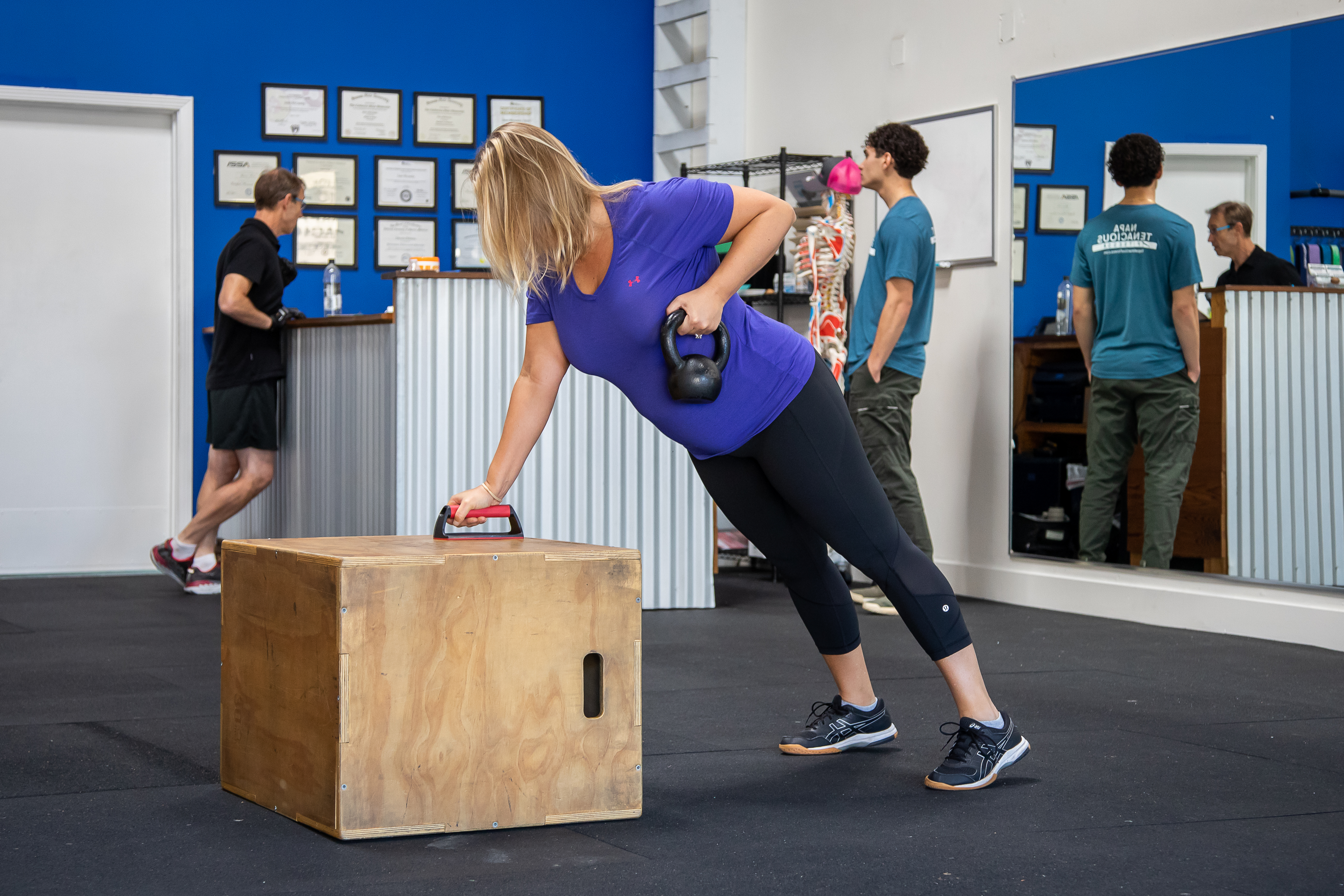The human body is comprised of a collection of skin, blood, muscles, nerves, and organs vital to our sophisticated interaction in our environment. The supporting infrastructure holding these organs together are the complex collection of bones making up our skeleton. Bones are considered connective tissue along with our skin, muscles, ligament, tendons, and fat.
Connective tissue possesses collagen as a primary component to adhere cells to each other. This gives cells a rigid yet pliable property depending on their specific action. Skin is the most pliable. Acting as a wrapping, it coats muscles and encases blood. Muscles are elastic and are the primary motors offering movement to joints in various ranges of motion. Tendons attach muscles to bones. Ligaments are the nuts and bolts pinning our joints together. These unique connective tissues are intertwined with collagen giving them the architecture necessary to have structurally supportive properties. Cells without collagen portray more liquid, viscous, or gelatinous properties, such as blood and fat cells. In contrast to the rest of the body’s cells, bones have the most tightly packed amount of collagen present in their cells.
This is valuable information for individuals afflicted by forms of arthritis, bone density deficiencies, or nagging aches and pains in joints. Appreciating the adaptive properties bones acquire from exercise can help our society decrease the severity of arthritis, increase bone strength, and avoid devastating bone injuries.
We’re all familiar with the way scrapes and cuts on our skin heal. After a few days, minor scrapes and scratches start to develop scabs that slough off, leaving a new path of skin where the scab once resided. A commonly understood principle of muscular development, via exercise, is that stress applied to muscle causes microtears to the skeletal muscles. Performing the same sequence as the way the skin develops scars, muscles cells use satellite cells and collagen within our system to lay over the top of microtears within the damaged sites of the muscles. This repair process makes the muscle more dense and able to manage more stress. Our bone cells are called osteocytes, which are connective tissue akin to their cousins, the muscle cells. Therefore, bones recover similarly to an imposed stress demand similar to their cousins.
As muscles endure stress from exercise, the muscle pulls on the attached bone. This pulling action causes stress to the osteocytes within the bones. As the bones endures this stress, a message is relayed throughout the body to attract satellite cells and collagen to the point of stress. The bone cells gladly accept this message and take in extra oxygenated blood, satellite cells, and collagen to the site of a bone, requiring more reinforcement. Therefore, stress imposed by exercise triggers the synthesis of density within and around bones connected to muscles enduring rigorous physical activity.
Exercise adherence is critical to mitigating degenerative bone disease and the effects of catastrophic injuries caused by brittle bones. The last thing someone wants, when having an advanced case of arthritis or low bone mineral density, is to fall and break a bone. By reinforcing the integrity of our bone cells, the likelihood of fracturing bones during an unforeseen injury can be decreased. Therefore, complying with an exercise program consisting of one to three days per week of strategically designed resistance training targeting the neck, shoulder, spine, hip, knee, and ankle joints can significantly increase the body’s ability to build strength in our bones.
Sean McCawley, the founder and owner of Napa Tenacious Fitness in Napa, CA, welcomes questions and comments. Reach him at 707-287-2727, napatenacious@gmail.com or visit the website napatenaciousfitness.com.

